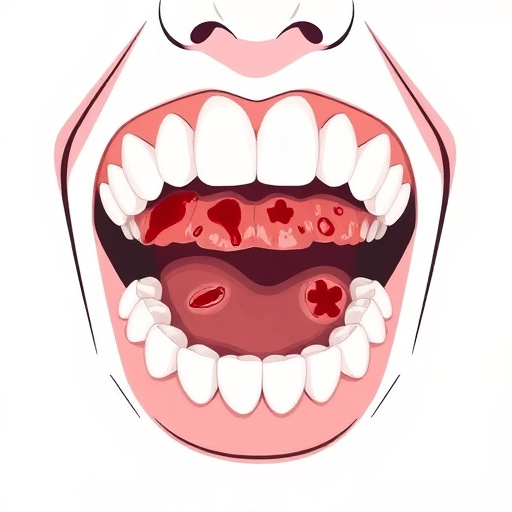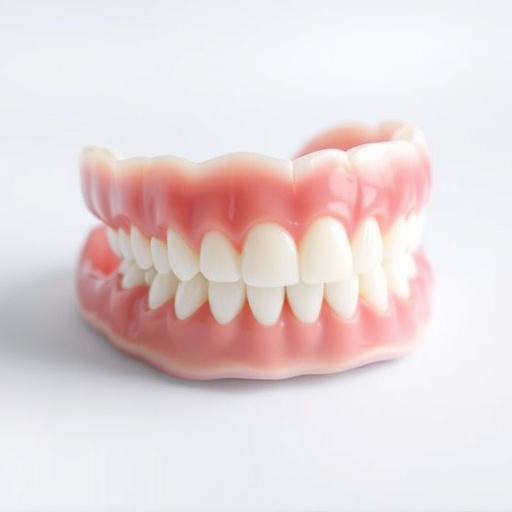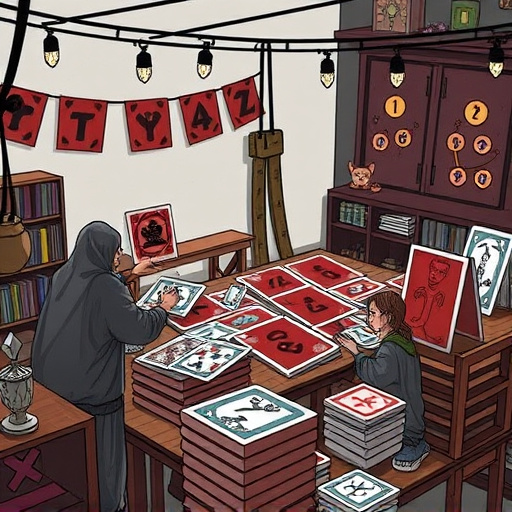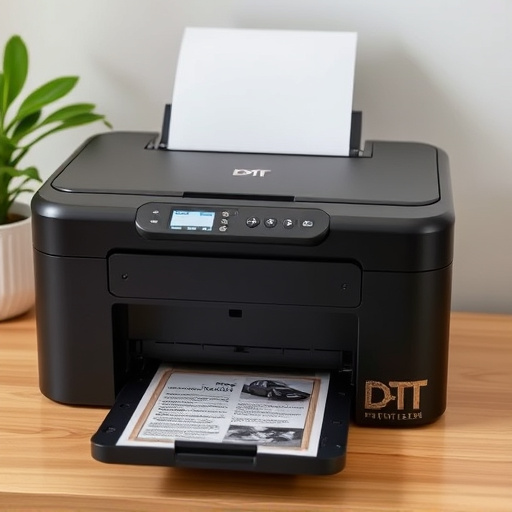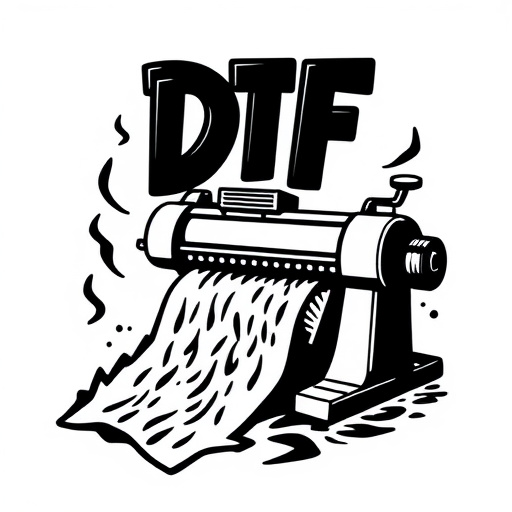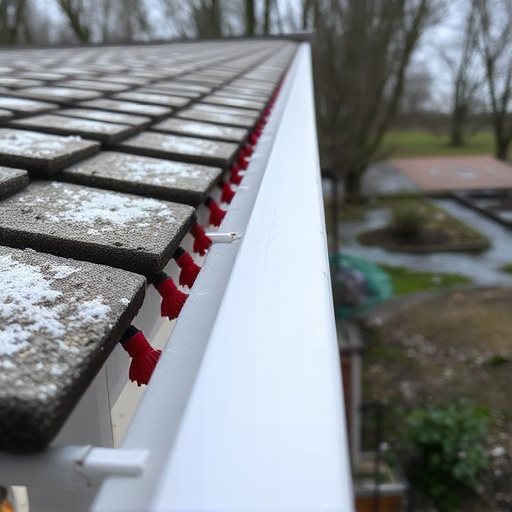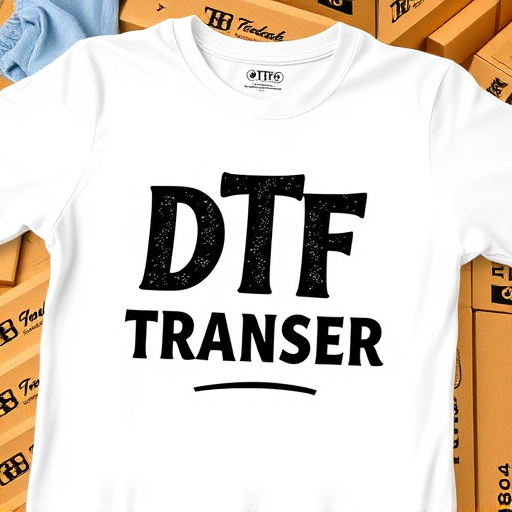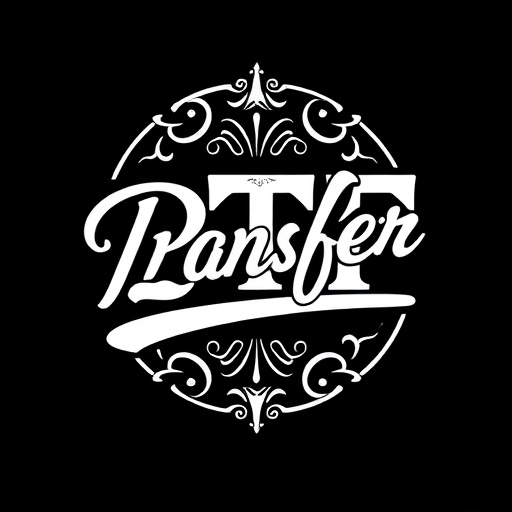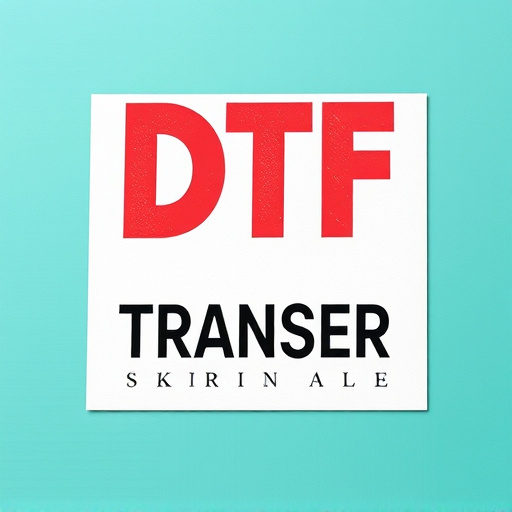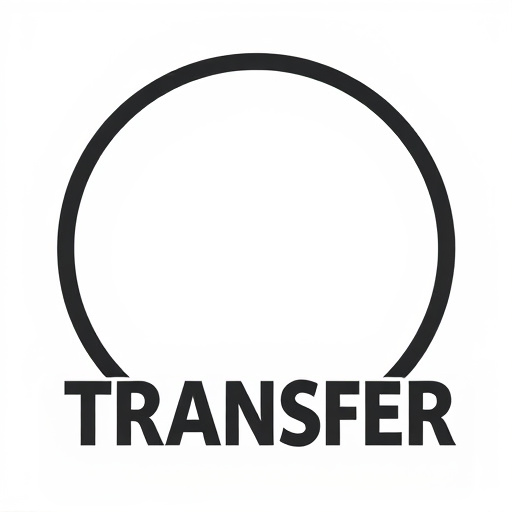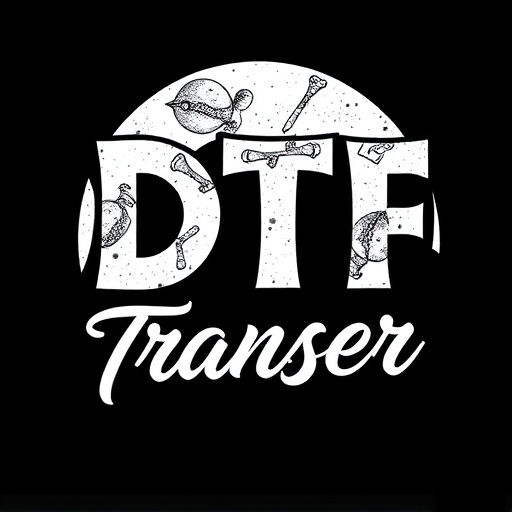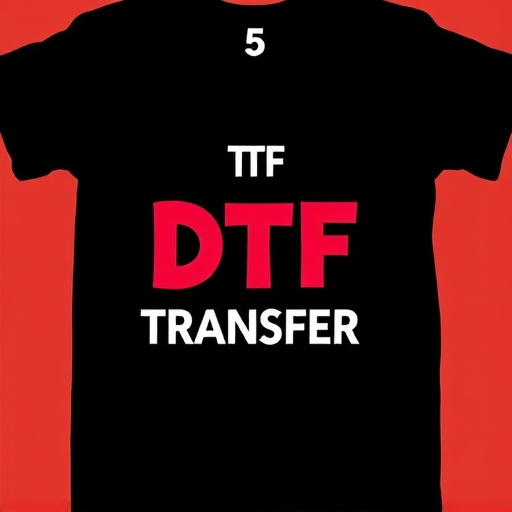Direct-To-Film (DTF) transfer and Heat Transfer Vinyl (HTV) are printing techniques for applying designs to surfaces. DTF offers high-quality, durable prints with intricate details, faster turnaround times, and reduced waste, making it ideal for small batches and niche markets. HTV, while versatile and popular for custom garments, requires more setup time and is better suited for high-volume orders due to its reusability. DTF transfers provide vibrant colors and superior outdoor durability, while HTV excels in handling rough textures and curved surfaces. The choice depends on project size, budget, and desired longevity of the final print.
In the realm of printing and customization, Direct-To-Film (DTF) transfer and Heat Transfer Vinyl (HTV) are two prominent methods with distinct advantages. This article delves into a comprehensive comparison between these applications, exploring their unique processes, quality, durability, costs, and ideal use cases. Understanding DTF transfer’s evolving popularity and the traditional yet reliable HTV method is crucial for businesses and enthusiasts alike, as it helps navigate the best choice for various projects, ultimately enhancing overall print outcomes.
- Understanding Direct-To-Film (DTF) Transfer: A Brief Overview
- Heat Transfer Vinyl: The Traditional Method and Its Pros & Cons
- DTF Transfer Process: Step by Step Comparison
- Quality and Durability of DTF Prints vs Heat Transfer Vinyl Applications
- Cost Analysis: DTF vs Heat Transfer Vinyl
- Ideal Use Cases for Each Application
Understanding Direct-To-Film (DTF) Transfer: A Brief Overview
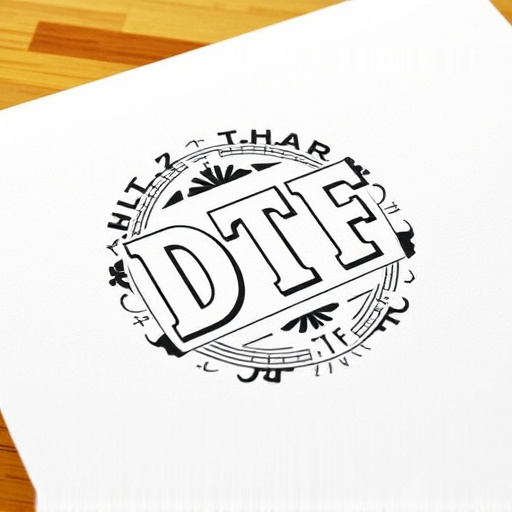
Direct-To-Film (DTF) transfer is a cutting-edge printing technique that has transformed the way we apply designs to various surfaces, particularly in the fields of clothing and signage. This innovative process eliminates the need for intermediate materials like paper or film, allowing designers and businesses to print directly onto the final medium, be it a t-shirt, hat, or even a window. DTF transfer involves using specialized ink that is pushed directly onto the substrate, ensuring a precise and vibrant print quality. The technology enables the production of high-resolution, full-color designs with exceptional detail, making it an attractive option for custom apparel and promotional products.
DTF Printing offers numerous advantages, including faster turnaround times, reduced waste, and the ability to produce complex prints on unconventional surfaces. The process is highly versatile, accommodating various ink types and substrates, from cotton tees to polyester jackets. Moreover, DTF Transfer provides a cost-effective solution for small batch production, making it ideal for businesses catering to niche markets or those seeking unique, personalized items. With its ability to produce high-quality prints directly onto the final product, DTF has become a preferred method for creating memorable and durable DTF prints.
Heat Transfer Vinyl: The Traditional Method and Its Pros & Cons
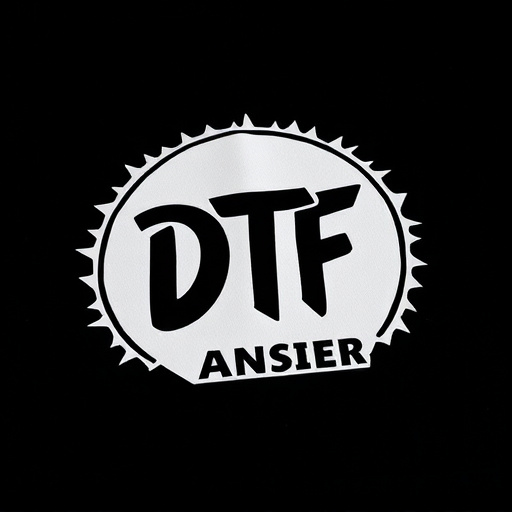
Heat Transfer Vinyl (HTV) has long been the traditional method for applying designs to various materials, from t-shirts to accessories. The process involves transferring a printed vinyl sheet onto a substrate, where heat and pressure are used to bond the design permanently. This technique is popular due to its versatility; it can be used on numerous fabrics and surfaces, offering a wide range of applications for businesses and individuals alike.
While DTF Transfer offers excellent quality and durability, it has its drawbacks. The process requires specialized equipment, including heat presses, which can be costly to purchase and maintain. Additionally, the time-consuming nature of setting up each print can impact productivity. Despite these cons, many professionals prefer HTV for its ability to produce vibrant, long-lasting DTF prints that are resistant to fading and peeling, making it a go-to method for creating custom garments and promotional items.
DTF Transfer Process: Step by Step Comparison
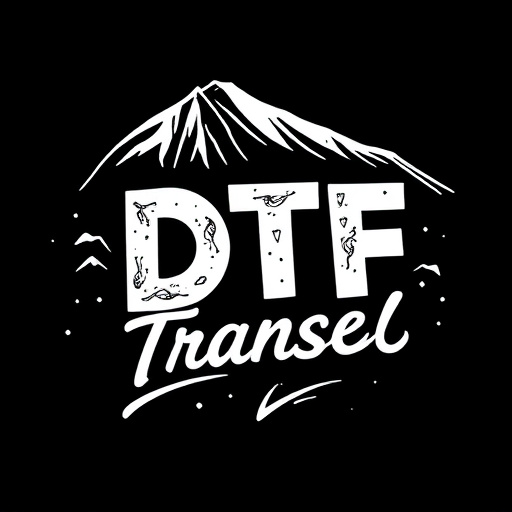
The Direct-to-Film (DTF) transfer process involves printing directly onto a clear film, which is then applied to various surfaces. This method offers a precise and detailed approach to DTF printing. Here’s a step-by-step breakdown:
1. Design Creation: Start by designing or sourcing the artwork intended for the final print using specialized software. Ensure the design meets the required resolution for optimal DTF transfer.
2. Film Preparation: A clear film is selected and prepared, often with an adhesive backing. The design is then precisely printed onto this film using a high-resolution printer, typically an inkjet or laser printer, depending on the chosen material.
3. Heat Application: The printed film is carefully positioned over the desired surface. Heat is then applied to activate the adhesive, causing the design to transfer from the film onto the substrate. This step requires careful control of temperature and pressure for successful adhesion.
4. Removal: Once the heat is removed, the clear carrier film can be peeled away, leaving behind a vibrant, high-quality DTF print on the surface.
Quality and Durability of DTF Prints vs Heat Transfer Vinyl Applications

Direct-to-film (DTF) printing offers a unique advantage in terms of quality and durability compared to heat transfer vinyl applications. DTF transfers are applied directly onto the final substrate, allowing for superior image clarity and vibrant colors that can rival traditional printing methods. This direct approach ensures that intricate designs with fine details are reproduced accurately, making DTF ideal for high-resolution graphics.
The durability of DTF prints is another significant benefit. The bonding process creates a strong bond between the design and the substrate, resulting in long-lasting applications suitable for outdoor use and harsh environmental conditions. In contrast, heat transfer vinyl often requires additional lamination to protect the print, which can be more susceptible to peeling or cracking over time. DTF’s direct adhesion provides a more robust finish, ensuring that designs maintain their integrity even after frequent handling or exposure to weather conditions.
Cost Analysis: DTF vs Heat Transfer Vinyl

Direct-to-film (DTF) printing and heat transfer vinyl (HTV) are two distinct methods for applying graphics to a variety of surfaces, each with its own set of advantages and cost considerations. When it comes to cost analysis, DTF transfers tend to offer a more economical option for smaller-scale projects or one-off designs. The process eliminates the need for complex setup and specialized equipment required for HTV, making it a budget-friendly choice. DTF printing directly onto film allows for quick production of prints, which can be easily stored and applied when needed, reducing waste and overhead costs.
However, as project volumes increase, heat transfer vinyl may become a more cost-effective solution. While the initial investment in HTV machinery is higher, the versatility of this method becomes valuable for businesses dealing with recurring orders or custom designs. The ability to reheat and reuse HTV transfers can significantly reduce material expenses over time, making it a long-term financial strategy. Additionally, the durability and washability of DTF prints and HTV applications should be considered in the cost analysis, as they impact the overall value and longevity of the final products.
Ideal Use Cases for Each Application
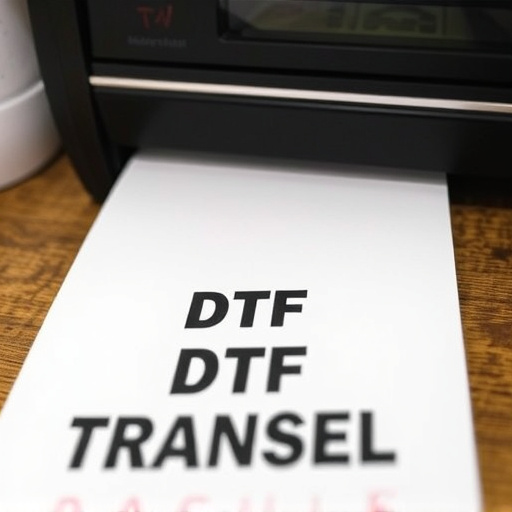
Direct-to-film (DTF) transfers are ideal for high-quality, long-lasting prints on a variety of materials, making them perfect for durable goods like apparel and accessories. The direct application method ensures vibrant colors and sharp details, with minimal preparation required. DTF printing is particularly suitable for small to medium-sized batches, allowing businesses to quickly adapt designs without breaking the bank.
Heat transfer vinyl (HTV) applications, on the other hand, excel in versatility. They can be used on a broader range of surfaces, including those not suitable for direct printing, such as rough or curved textures. While DTF transfers may fade over time when exposed to sunlight, heat-applied vinyl offers better durability and longevity, especially when combined with top coatings. HTV is often the go-to choice for large-scale productions due to its cost-effectiveness and ability to maintain consistency across thousands of prints, making it ideal for mass customization.

